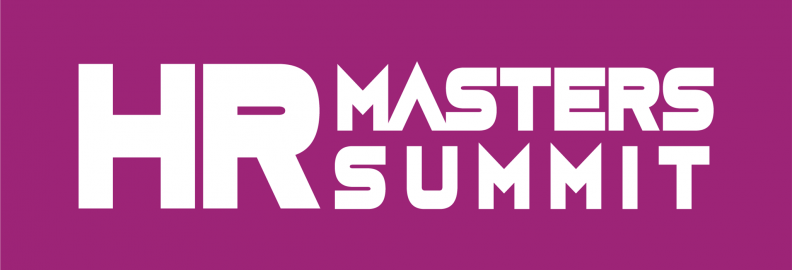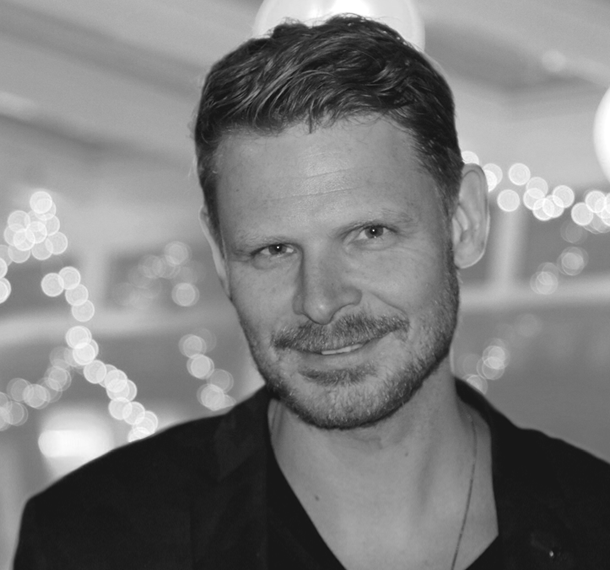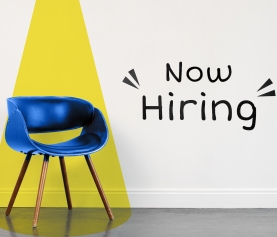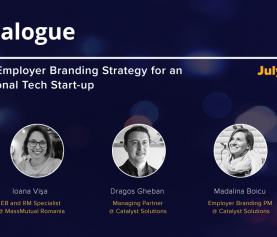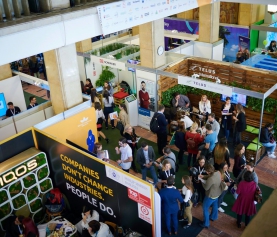June 11th, 2018
As employer branding specialists, we couldn’t miss out the chance to take part in HR Masters Summit, part of Bucharest Technology Week 2018. During the one-day conference, the main topics revolved around the same concept – Humans in the age of technology. We explored HR from a tech perspective in order to understand how it can transform and simplify the lives of HR professionals and eventually help them win the fight for talent.
The atmosphere of sharing knowledge inspired us to present you some of the cutting-edge perspectives brought to the table by some of the greatest industry leaders.
Let’s break down the key takeaways by each session we took part in:
1. Ben Whitter The employee experience – creating organisations where people belong, find meaning, and co-create astonishing human achievements
Ben Whitter is described as the World’s “Mr. Employee Experience”™ and the 1# figure in employee experience around the World right now’. In 2017, Ben was officially named one of the World’s leading experts within employee engagement and one of the top 30 HR Influencers in the UK. His work featured in the Global Human Capital Trends Report 2017 by Deloitte University Press.
Ben calls to mind that people are your greatest asset and caring about their well-being will create a sense of community and belonging which will resonate with your employer brand. As a whole, the employee experience must be authentic and harmonized with who you are as a company. In a sense, everything needs to relate to your overall brand strategy, giving the right impression of seamlessness. After all, employee experience should be all about establishing a deeper connection between your staff, your customers, and your business.
During his talk, Ben presented the success story of Maxis, a company which in two years managed to go from zero to hero by putting strong accents on digital optimization and creating best employee experience possible. Find out more details in their case study.
2. Guido Helmerhorst Making learning personal – happier workforce, better results
Guido Helmerhorst connects the dots; in his role as Chief Customer at Warp Industries he helps to reach business objectives while maximizing employee experience and engagement. He is on a mission to release the power of Real Virtual Reality on training and development for high impact and scalable learning experiences.
Imagine you would be able to provide learning opportunities for your employees through Virtual Reality. It would strip down the barriers of time, place and accessibility. Employees would be able to learn wherever they want, whenever they have access to VR glasses and the right application on their phone. How would that influence your training program and the level of engagement of your employees? It has the power to deliver true emotions and design any kind of experience that employees can enjoy or learn from.
As an example, Guido presented his project – CPR training through Virtual Reality. By engaging people in a real-life situation, they could not only learn the right technique, but also face their true emotions. At the end it proved to be 43% more effective than any traditional training.
3. Tom Haak Trends in recruitment
Tom Haak is the director of the HR Trend Institute. The HR (Human Resources) Trend Institute follows, detects and encourages trends in the people and organization domain and in related areas. Tom has a keen interest in innovative HR, HR tech and how organizations can benefit from trend shifts. He is also a regular key note speaker at prominent HR conferences.
Personalization, Fluid Roles, Tech and Analytics – in his Masterclass, Tom presented the emerging trends in the HR industry and gave some examples of how they are used by some of the most innovative organisations.
What especially caught our attention was that organisations are getting more creative in adapting to the advantages of a more flexible workforce by moving from fixed jobs to fluid roles. We are slowly changing our perspective and starting to think about a job in terms of assignments. Nowadays, companies, rather than search for one person to do the job, look instead for skilled candidates who are a good fit in the organization. As a result, you create a team of people that has the abilities and the motivation to get the assignment done.
Another important trend is about speeding things up. In order to keep up with your audience’s expectations you have to cut down on the waiting time during the recruitment process. Candidates waiting weeks for your reply will simply not be interested and move on to the next opportunity rather than wait until you will get back to them.
If you are curious which other trends he mentioned, you can follow up with his presentation.
4. Serden Eren – Understanding the candidate journey to attract the right talent
 Serden Eren joined LinkedIn in 2014 and is working with LinkedIn Talent Solutions’ clients in the South Eastern Europe to help them integrate contemporary Employer Branding approaches by leveraging LinkedIn. Previously he worked at Facebook supporting top mobile and desktop gaming companies globally to persuade them to integrate with Facebook. He holds a Computer Science degree and a Masters in Marketing.
Serden Eren joined LinkedIn in 2014 and is working with LinkedIn Talent Solutions’ clients in the South Eastern Europe to help them integrate contemporary Employer Branding approaches by leveraging LinkedIn. Previously he worked at Facebook supporting top mobile and desktop gaming companies globally to persuade them to integrate with Facebook. He holds a Computer Science degree and a Masters in Marketing.
Serden presented on the example of Romanian market how LinkedIn can help you find out more about your target audience. By having right insights and using real-time data you are able to better understand your candidates and adjust your recruitment process. From familiar to interested, from interested to applied – you are able to provide a tailored made candidate journey to attract the right talent. Serden highlighted that the future lies in Talent Intelligence, which allows to answer difficult questions about your audience and hire the most passionate and qualified one in the shortest amount of time. You can get answers on who’s already thought about working for your company, who’s passionate about your industry or who is open to relocating.
In Serden’s Masterclass we got some LinkedIn insights into Romanian market. Here are some of them:
LinkedIn in numbers
LinkedIn – 562M+ worldwide
Romania LinkedIn – 2M+
How professionals are spending time on LinkedIn:
70% – connect and communicate
68% – research people and companies
69% – staying up-to-date on industry insights
56% – viewing jobs
What is important for professionals in Romania:
61% – Excellent compensation and benefits
52% – Good work/life balance
43% – Company with a long term strategic vision
Most In-Demand Skills:
- Object Oriented Programming
- Java
- XML
- MySQL
Top Skills:
- Management
- Negotiations
- Project Management
5. Luk Smeyers People analytics: let’s think like marketeers!
Luk is an experienced senior HR executive who has lead complex transition projects for compelling blue chip companies as European CHRO for Starbucks and Nielsen. He has managed at board level through business start-ups, turnarounds, acquisitions, divestitures, joint-venture creation, down-sizing and restructuring on a pan-European basis.
In 2008, Luk started as a Human Capital entrepreneur and established a cutting-edge People/HR Analytics consultancy under the name iNostix. In March 2016, iNostix was acquired by Deloitte and became ‘iNostix by Deloitte’. Luk is revered as a leading thinker, educator, and influencer and is a well-known content contributor, blogger, columnist and author of many articles. He is an invited keynote speaker at international HR Analytics conferences.
From Luk Smeyers’s Masterclass we found out that People analytics is not really getting the full support of the rest of the organization in terms of sharing information and data with the HR team, going further into explaining why it’s the wrong approach. Data is an important tool in monitoring your organizational culture and plays a big role in the decision-making process, which is why you should integrate it and make it accessible to the large business level. The key for the future of every organization is to start treating your employees like customers and to do so, you should understand them on the same level as marketeers understand their consumers.
After being for a long time in the shadow of business, the function of people analytics is finally getting its five minutes with a bright future ahead.
Technology is changing the way we live and the way we do business. What does it mean in the context of Human Resources? Alongside the human influence in Human Resource, technology will become a core asset. Possibilities are growing and so are the expectations of your candidates, but if you integrate innovative solutions to your recruitment process your position in war for talent will be secure.



